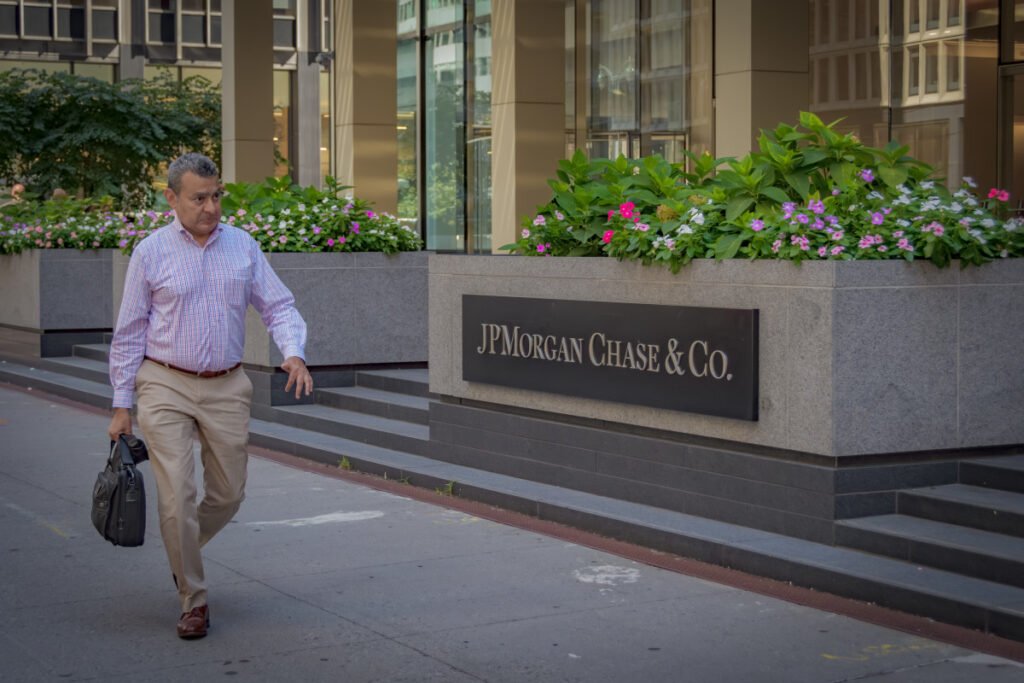Wall Street has a new religion: the rate cut. But to receive its blessings — beefier market valuations, more robust lending activity, a stronger-ish economy — there must first be a sacrifice. It’ll have to be the U.S. economy being sacrificed.
Economic data has become the backbone of investors’ macro predictions, with investors increasingly leaning on jobs and inflation data to predict whether the Fed will cut interest rates. Doing so would stand to bolster equities, already at all-time highs, and bring down generationally-high yields.
After Friday’s payroll report showed the U.S. economy added just 22K jobs in August, many see a 25 basis point (0.25%) cut as a done deal. Some are even betting on a supersized 50 bip cut. But Wall Street’s “bad news is good news” mantra might not stand up.
JPMorgan Warns “Sell the News” Drop Could Be On Horizon
Investors’ embrace of Fed cut certainty has helped drive equities higher and higher, with the S&P 500 notching 21 all-time highs this year. The Nasdaq, Russell 2000, and Dow have also set new highs. However, analysts at JPMorgan warn that the anticipation might be about to give way to selling.
With so much riding on Fed expectations, JPMorgan warns that an interest rate cut at the Federal Open Market Committee meeting on Sept. 17 “could turn into a ‘Sell the News’ event” as investors prune bets.
If the Fed does cut as widely expected, it would be an admission that the risks to the labor market are more paramount than the increasingly worrying state of inflation. In the eyes of many investors and economists, that could call for a reexamination of the “bad news” that they’ve been betting on.
Inflation has remained a thorn in the Fed’s side. Personal consumption expenditures (PCE), the Fed’s chosen inflation barometer, rose 2.6% year-over-year in July. The Producer Price Index (PPI) and Consumer Price Index (CPI) rose 3.3% and 2.7% respectively in the last 12 months too; both reports are set for a refresh this week.
To that end, investors might turn their attention to the Fed’s final meeting of 2025, looking to place bets on whether the central bank will make further cuts, or defer to next year.
What Have Other Analysts Said?
While it might seem that investors have been cavalier, especially as it pertains to things like April’s tariff surprise and potential economic risk factors, banks have warned about volatility towards the end of the year and early next year.
Related: Major investment manager raises S&P 500 target for second time this month
E*TRADE Managing Director of Trading and Investing, Chris Larkin, said in a memo Monday that last week’s volatility “highlights a possible crack in the market’s ‘bad news is good news’ mentality.” He added that rate cuts are now “baked into forecasts,” meaning signs of a slowing economy might be received more negatively.
And lest we forget: September is generally not a month to remember on markets. Research from Robinhood’s Stephanie Guild found that September tends to come with weakness for U.S. equities. Since 2002, the S&P 500 index has fallen 0.9% in the month of September, making it the only month to report a decline on average over the last two decades.




